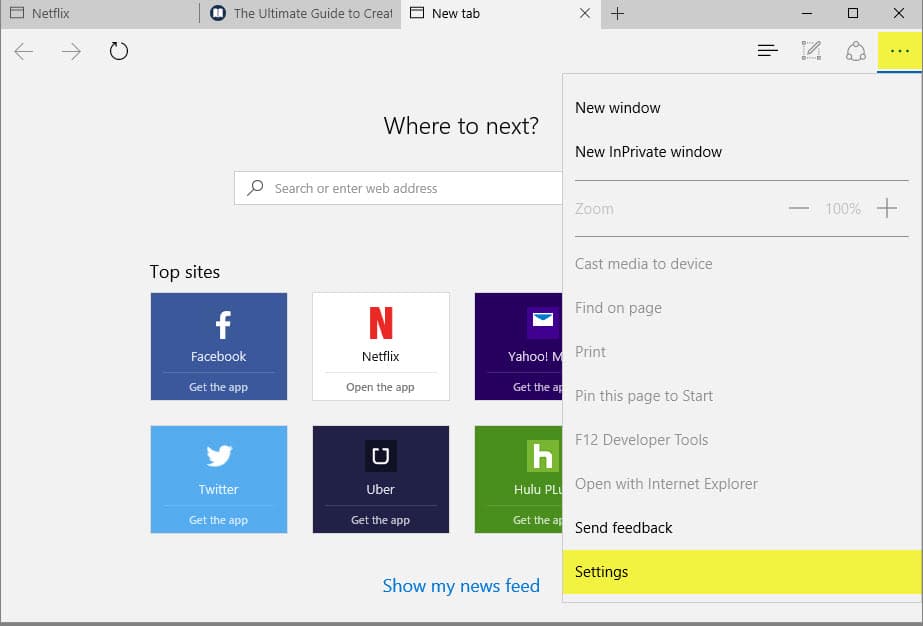

OK, but does Edge support the same master_preferences mechanism? According to the Edge docs, it does. And that documents a “do_not_create_desktop_shortcut” shortcut that sounded promising. The official Chrome docs pointed to a master_preferences file that links to a Chromium page that talks about the options. Since the new Chromium-based Microsoft Edge is based on the same engine as Chrome, the first task was to figure out how Chrome does this. But since I was getting tired of cleaning these off as I deployed Windows 10 devices using Windows Autopilot (it gets really messy after a while as you end up with several copies of the same app), I decided I would try to see what it would take to prevent that from happening. I really don’t understand why software installers still create desktop shortcuts, especially when that desktop is being synced to the cloud using OneDrive. Or more accurately, “a crash course into the inner workings of modern browser installers (which really aren’t that modern).” Soon after the release of a new (major) version of Edge, the new ADMX version is published to Microsoft Intune.UPDATE 6: See my updated post for an easier way. Create an Administrative Templates ProfileĪll available settings which we can manage by default are available in an Administrative Templates profile. Let`s have a look where this setting is found and how to deploy the setting by using Microsoft Intune. The default setting prevents the creation of the shortcut for all release channels. To prevent the installation of the shortcut icon on the users desktop Microsoft made the setting available for every separate release channel and one that is the default setting. It`s just a small additional setting which is added, but it`s highly requested by the community and IT admins.

With the release of Microsoft Edge Chromium version 83 and the release of the associated Administrative Templates (ADMX) to Microsoft Endpoint Manager (Intune), it`s finally possible to prevent the creation of the Edge desktop shortcut upon install.


 0 kommentar(er)
0 kommentar(er)
